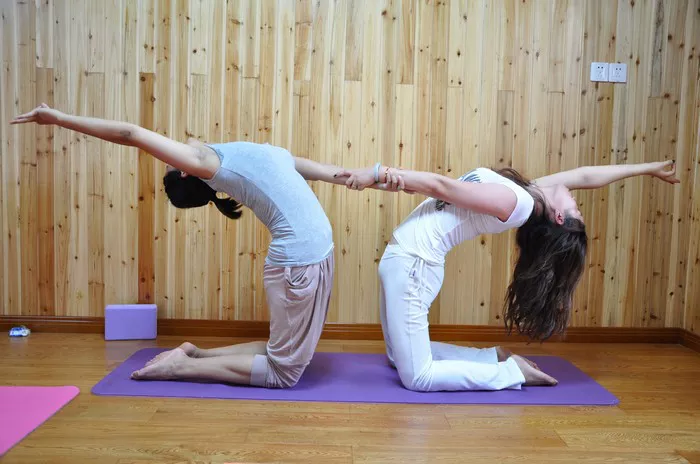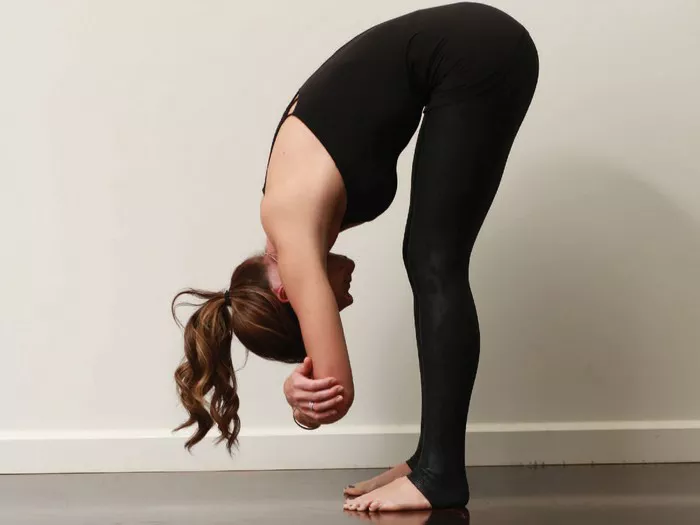Yoga has been practiced for centuries as a means to promote physical, mental, and spiritual well-being. With its increasing popularity, many individuals are incorporating yoga into their daily routines, seeking its numerous benefits, including stress relief, improved flexibility, and enhanced mindfulness. However, when it comes to practicing yoga at home, one common question arises: Is it okay to do yoga on carpet?
In this article, we will explore the pros and cons of practicing yoga on carpet, examine how different types of carpet may impact your practice, and provide tips for optimizing your yoga experience on carpeted surfaces.
The Pros and Cons of Yoga on Carpet
Before delving into whether practicing yoga on carpet is advisable, let’s consider the potential benefits and drawbacks.
Pros:
1. Comfort: Carpet provides a soft and cushioned surface, which can be more comfortable for certain yoga poses, especially those that involve kneeling or lying down.
2. Stability: The texture of carpet can offer better traction than hardwood or laminate flooring, helping practitioners maintain stability during standing poses.
3. Insulation: Carpeted floors provide insulation against cold temperatures, which can be particularly beneficial during cooler seasons or in regions with cold climates.
Cons:
1. Lack of Firmness: Unlike hardwood or laminate flooring, carpet lacks firmness, which may make it more challenging to balance in certain standing poses and transitions.
2. Hygiene Concerns: Carpets can trap dust, dirt, and allergens, which may compromise hygiene, especially if the carpet is not cleaned regularly. This can be a particular concern for individuals with allergies or respiratory issues.
3. Slipping Hazards: While carpet provides traction for some poses, it can also pose a slipping hazard for others, particularly if the carpet is excessively plush or worn.
Types of Carpet and Their Impact on Yoga
Not all carpets are created equal. Different types of carpet vary in thickness, texture, and material composition, which can influence your yoga practice in various ways.
1. Plush Carpet: Plush carpet, characterized by its dense, soft fibers, offers superior cushioning and comfort. However, it may lack the stability needed for certain standing poses and transitions, potentially causing practitioners to sink or lose balance.
2. Low-Pile Carpet: Low-pile carpet has shorter, denser fibers than plush carpet, providing a balance between comfort and stability. This type of carpet is often preferred for yoga practice as it offers sufficient cushioning without compromising traction.
3. Berber Carpet: Berber carpet, known for its looped fibers, tends to be firmer and more durable than plush or low-pile carpet. While it may lack the plushness of other carpet types, Berber carpet offers excellent stability, making it suitable for yoga practice.
4. Natural Fiber Carpet: Carpets made from natural fibers such as wool or jute are breathable, eco-friendly options that offer both comfort and stability. Additionally, natural fiber carpets are often more resistant to dust and allergens than synthetic counterparts, making them a healthier choice for yoga practice.
Tips for Practicing Yoga on Carpet
Whether you choose to practice yoga on carpet out of preference or necessity, here are some tips to help optimize your experience:
1. Use a Yoga Mat: Regardless of the type of carpet you have, using a yoga mat can provide an additional layer of cushioning and stability. Opt for a thick, non-slip mat that complements the texture of your carpet.
2. Clean Your Carpet Regularly: To minimize hygiene concerns, vacuum your carpet regularly to remove dust, dirt, and allergens. Consider using a carpet cleaner or steam cleaner periodically to deep clean and refresh the carpet fibers.
3. Choose Your Practice Space Wisely: Select a flat, level area of carpet for your yoga practice, free from obstacles or furniture. Avoid practicing near doorways or high-traffic areas to minimize disruptions.
4. Modify Poses as Needed: Be mindful of how the texture and firmness of the carpet may affect your balance and stability in certain poses. Modify poses as needed to accommodate the surface you’re practicing on, using props or variations to support your alignment.
5. Listen to Your Body: Pay attention to how your body responds to practicing yoga on carpet. If you experience discomfort or strain, consider adjusting your practice or experimenting with alternative flooring options.
Conclusion
Practicing yoga on carpet can offer both benefits and challenges. While carpet provides cushioning and comfort, it may lack the stability and hygiene of other flooring options. By understanding the pros and cons of yoga on carpet, selecting the right type of carpet for your practice, and implementing tips for optimizing your experience, you can create a safe and enjoyable yoga practice in the comfort of your home. Remember to listen to your body, make adjustments as needed, and prioritize your well-being above all else.















